Architect Peter Barber talks taste
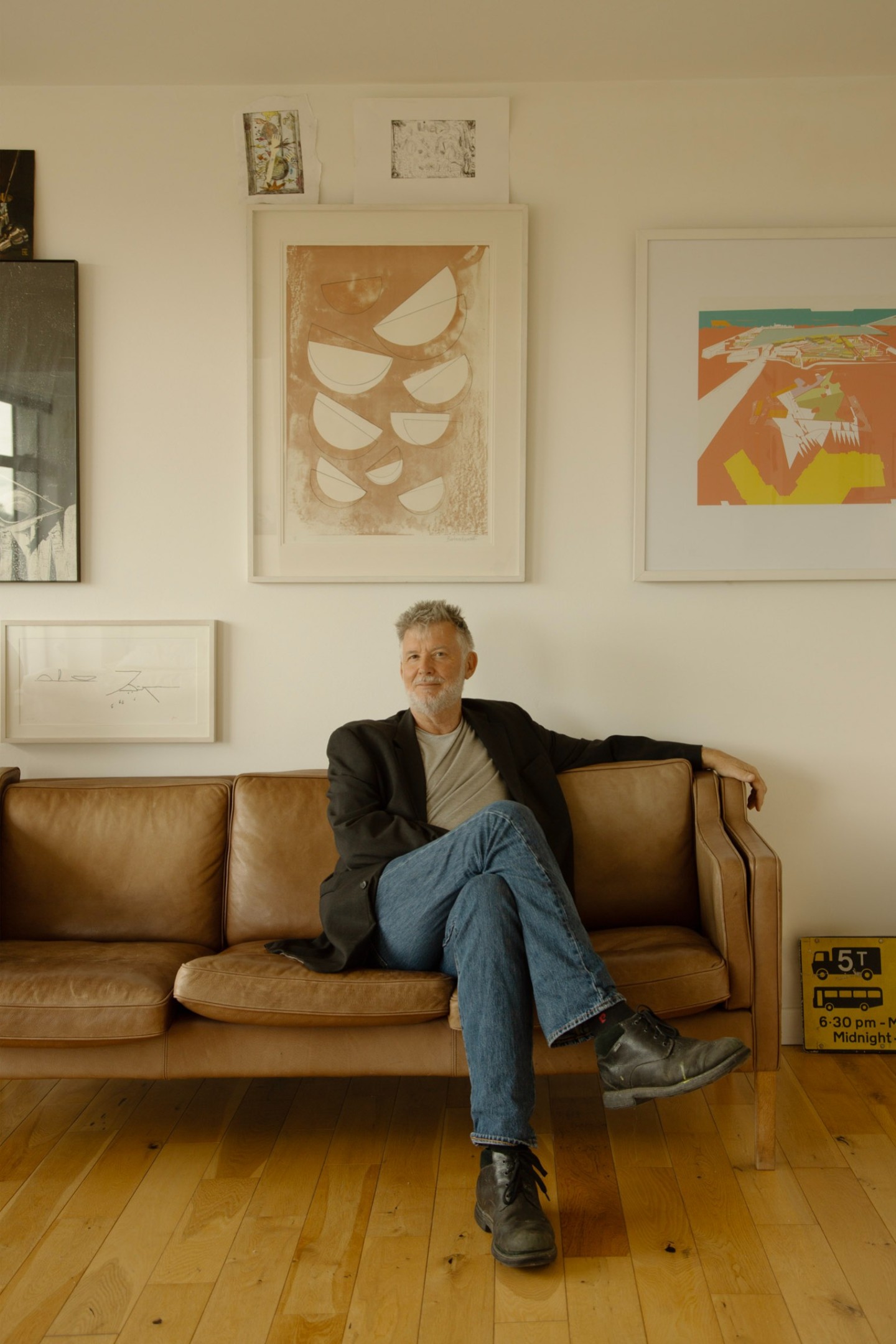
Simply sign up to the Style myFT Digest -- delivered directly to your inbox.
My personal style signifier is scruffiness – you might call to mind Michael Foot in his donkey jacket, manning the barricades. I’ve rediscovered denim jackets recently – they operate as sort of handbags for me. Adolf Loos, who thought about style quite a lot, not just buildings, said “lack of ornamentation is a sign of spiritual strength”, which is patently not true but nicely provocative. But I like the little flourish of a badge or brooch. I sometimes describe our work at the practice as souped-up minimalism, so there’s a bit of that going on. I like to make a bit of a fuss of a corner.
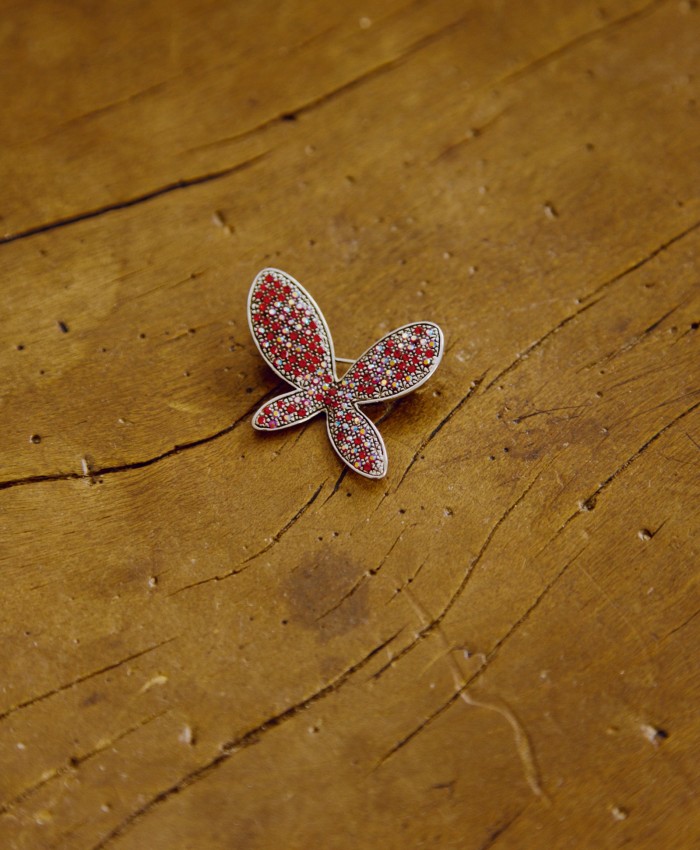
The last thing I bought and loved was a 1934 National Duolian guitar. They’re hard to get hold of but I spend quite a lot of time in Brighton and found it in an ancient guitar shop there, Mudpie Music. Before the proliferation of amplification, there were these guitars made of metal with a sort of diaphragm inside them so they could be heard in a band setting. I’m a blues player – old-fashioned folk blues. The world stopped for me in 1983 when Muddy Waters died.
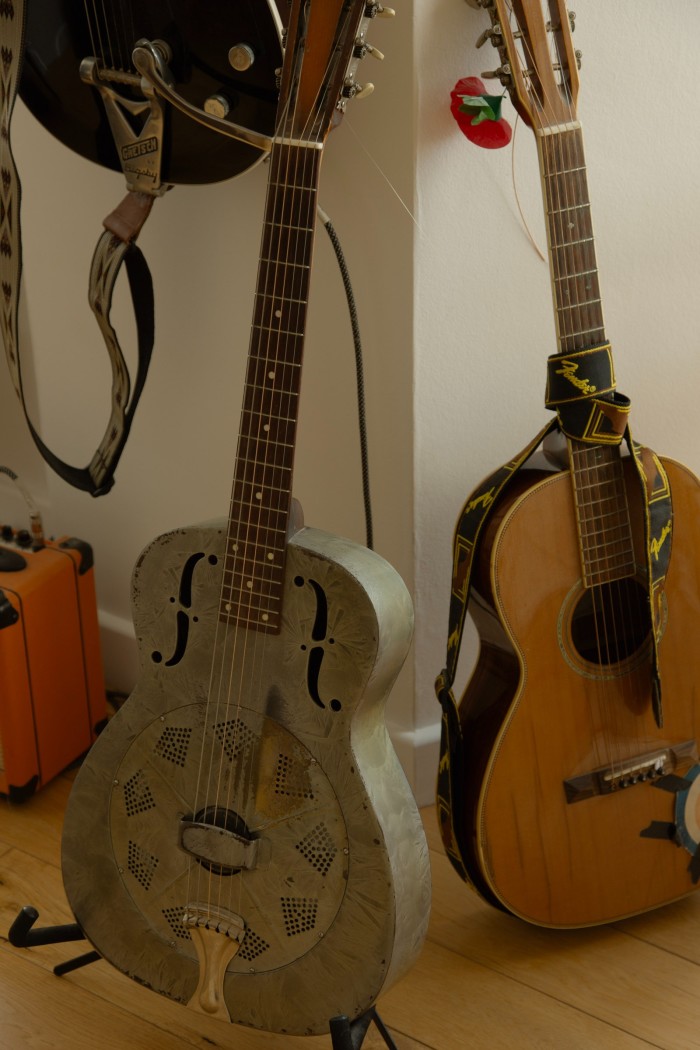
The place that means a lot to me is Rome. I remember the first time I visited, in about 1980 when I was a student. I suddenly realised how powerful an influence street life could exert on you. I kept getting seduced by the city. I was en route to my hotel but this axis opened up down a dark street and at the far end was a church bathed in light and I thought, I need to check that out. That experience was formative. A lot of our stuff is very street-based urbanism, unlike a lot of housing that goes up at the moment.
I have a collection of guitars, maybe 10. I’ve got my favourites; I’ve a Fender acoustic that doesn’t get played that much because I’ve got a really nice Gibson, a parlour guitar. In London I tend to play slide on this metal-bodied guitar, which is quite noisy, so probably annoying for the neighbours.
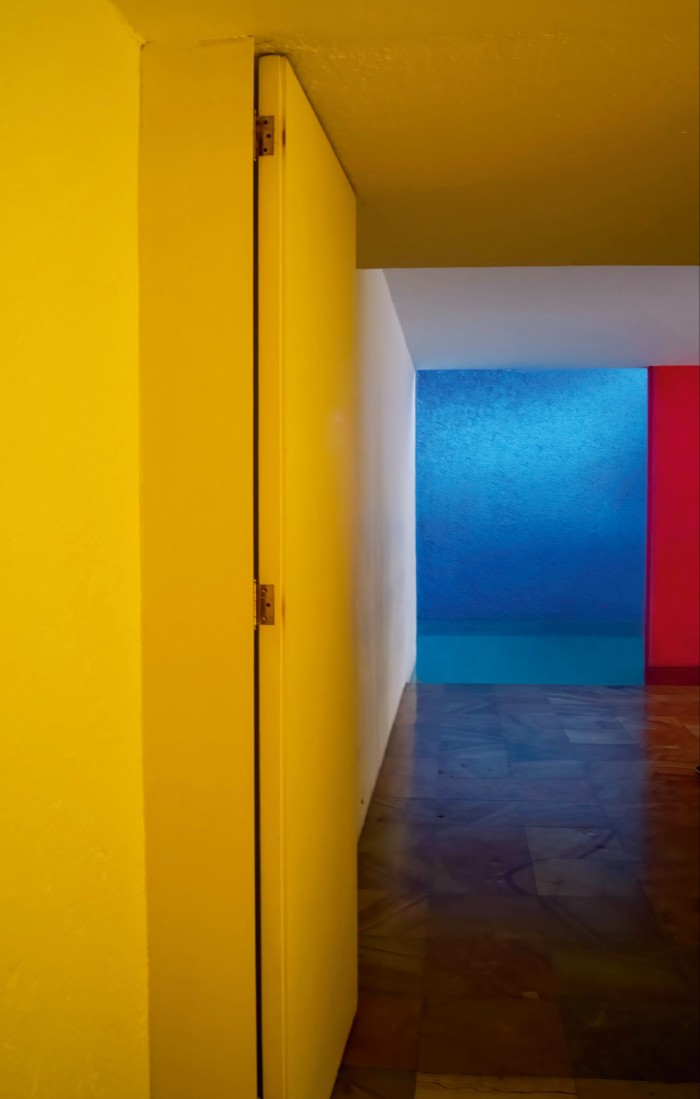
The works of art that changed everything for me are the buildings of Luis Barragán. I was working in a much more high-tech genre of architecture when I started out – with Richard Rogers and Will Alsop, who were of a generation who were interested to see how light and tensile they could make their buildings be. Then I went to an exhibition and discovered Barragán. His buildings are about weight, solidity, massiveness and permanence. That was a real moment for me. I became fascinated by thick walls and the way the light falls on them in this very poetic way.
The best book I’ve read in the Past year is Where They Lived in London by a wonderfully eccentric guy called Maurice Rickards, which came out in the 1970s. It’s charming and funny: portraits of a person, where they lived, and a little anecdote about them, from John F Kennedy to Sigmund Freud. I really recommend it. To learn about the place where someone lived is to know more about them. Where artists, architects and musicians come from is a big factor in the work they produce.
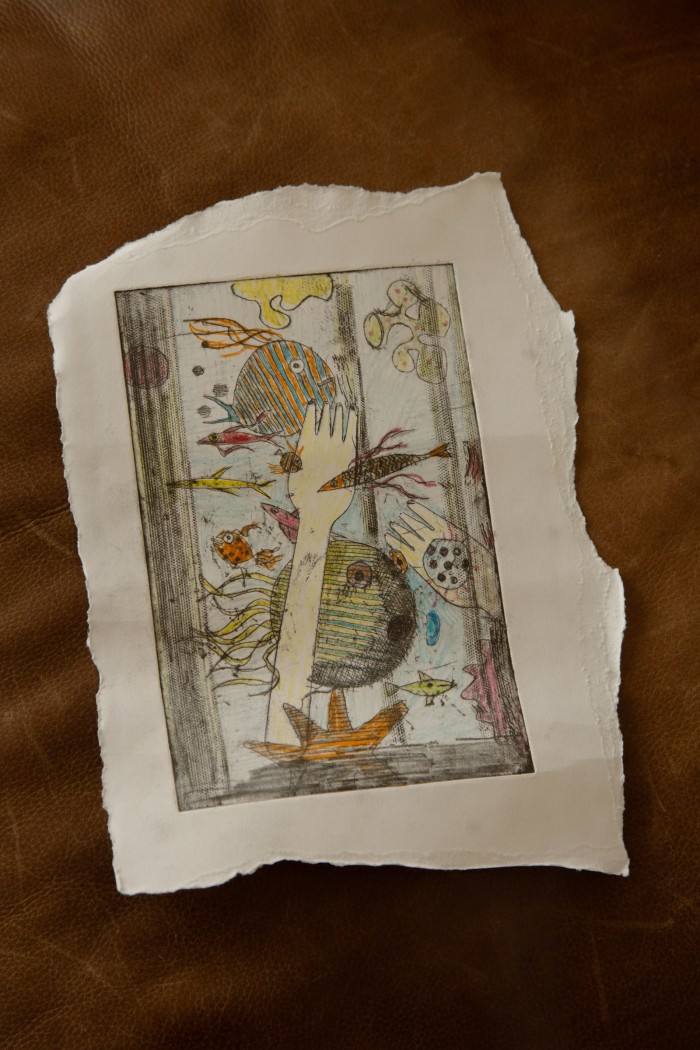
I’ve recently discovered etching. A close friend of mine, Ben – we studied together and are like an old married couple – started a course in the Working Men’s College in Kentish Town, and he and his partner invited me and my partner to go along. It’s been a joy, exploring these different techniques.
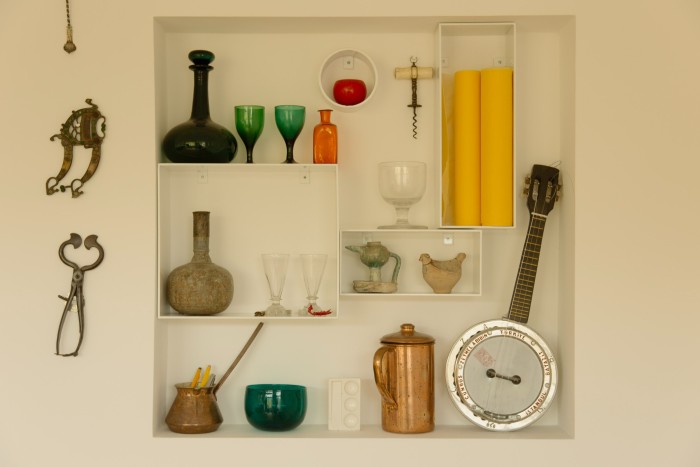
The best gifts I’ve given have come from a shop called Fisher London in
Gray’s Inn Road run by a woman called Hilary Fisher. It’s like a little museum and a glass of sherry is pushed into your hand as soon as you arrive. She sells lots of Georgian antiques but also African stuff. One of our colleagues left recently; he’s of Ugandan origin and I bought him an antique wooden headrest there.
In my fridge, you’ll always find a bottle of prosecco and some salad and hummus. There’s not much else because when I’m in London I eat out a lot – on Caledonian Road there’s a Thai restaurant, Supawan, that’s like no other I’ve been to. The guy who runs it got his mum over to teach the kitchen her home cooking. We’ve also got Exmouth Market right near the office, with Moro and Caravan. And then there’s Lamb’s Conduit Street…
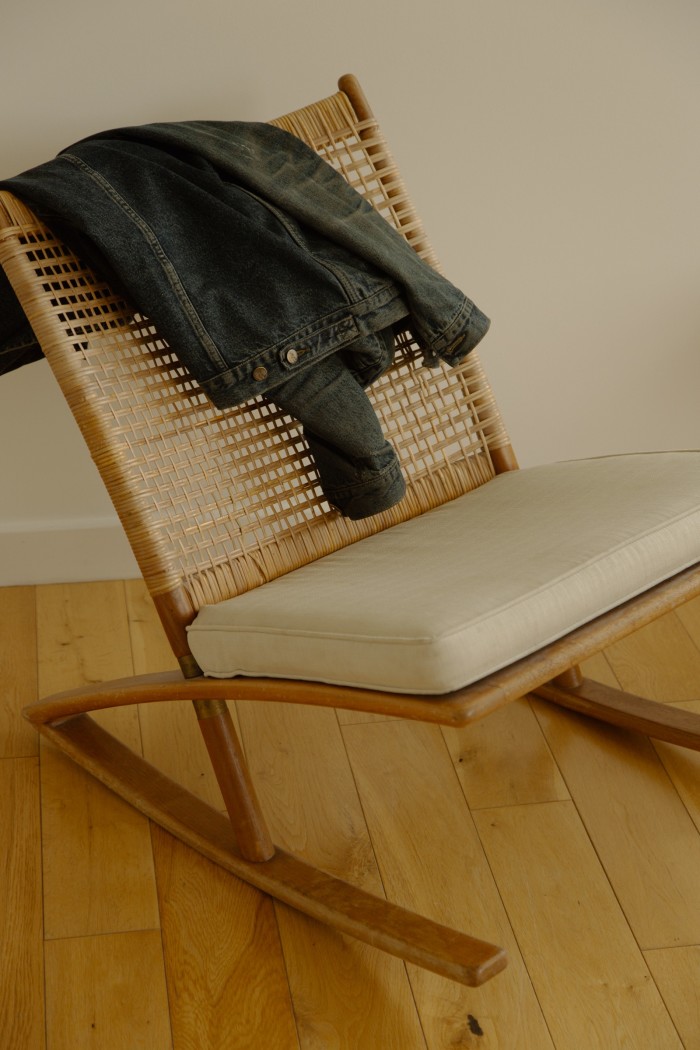
My favourite building is Oscar Niemeyer’s for the French Communist party in Paris. You enter through a functional-looking office building up on stilts. But there’s a big piazza in front of it and it bulges in the middle with this white egg – inside the egg is where the committee would meet. The floors are all green and slightly Teletubby-ish and James Bond-y. It’s magic.
An indulgence I would never forgo is my 1962 Sunbeam Alpine car, which is a thing of rare beauty. I wanted one for a very long time, and when the mother of my children and I split up I thought, I’m going to get the bloody thing. I’d sit one of my boys next to me and one in the back seat. The first thing we did was a trip to the south of France in this ancient car. In modern soft tops you press a button, but this one was like pitching a tent, you have to stop the car under a tree when it’s raining and haul it up, and nothing quite fits.
Some of my best ideas have come from Le Corbusier. He usually has an answer. If I’m really stuck, I’ll pull a Corb book down. I also find it inspiring when someone has their heart in the right place – for example, we’ve done a hostel for Camden Council and the guy we worked with there still held onto the idealism of the welfare state. It’s about not becoming loaded down by bureaucracy. He had a real sense of responsibility to the people we were doing the hostel for.
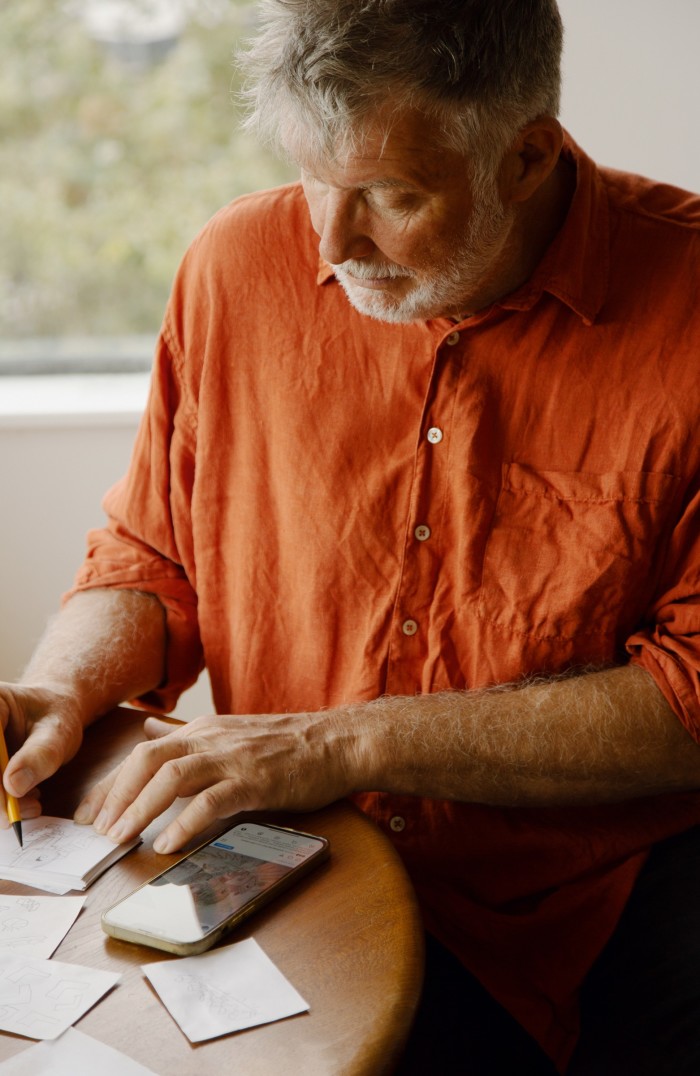
I couldn’t do without my Paper Mate Non-Stop pencils. I used to smoke a lot and I feel panicky now if I don’t have a pencil close by, the same way I once did about cigarettes. They’re a good thing to fidget with. Sometimes the most creative things come out of your discomfort. These particular pencils are fantastic. The lead is just right – not so hard that you can’t see it but not so soft that it disappears. We did have a moment of anxiety about the ecology of throwing them away so we got everyone in the office a refillable one but we lost them, so I’m afraid I’ve gone back to these. If they did a bamboo version we could feel happier about it.
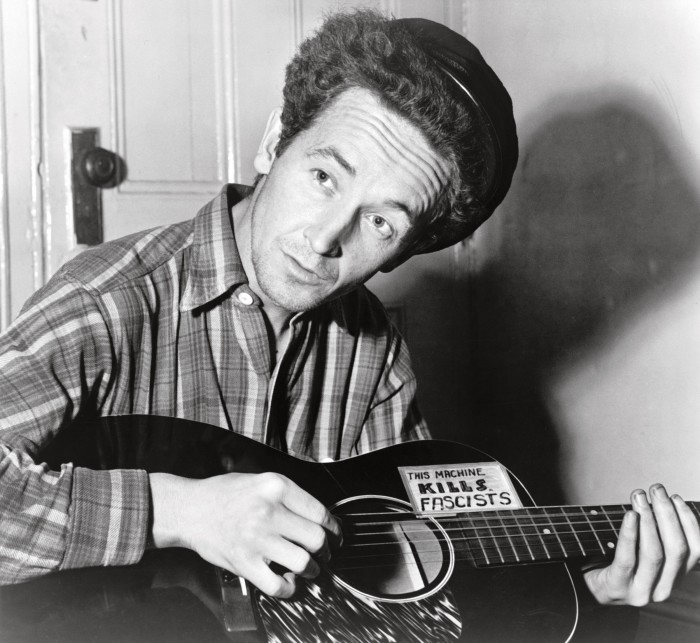
My style icon is Woody Guthrie. Denim jacket, T-shirt and boots. And a guitar that famously had “This machine kills fascists” daubed on it.
This year I curated the architecture room for the summer exhibition at the Royal Academy and I was keen that it be about craft and making. I found a fantastic quote from Richard Sennett’s The Craftsman: “Making is thinking.” We’re an unusual practice because we’re still very analogue. We make our own models, we don’t farm it out – it’s part of the design process. You can’t cheat or kid yourself with a physical model.
The one artist whose work I would collect if I could is Canaletto. One of his views of Venice, maybe – though even the Thames looks like the Grand Canal when he paints it. It would be a toss up between him or Marcel Duchamp, depending on my mood. Maybe The Bride Stripped Bare. Or if I could have the Boîte-en-valise…
My wellbeing and grooming gurus are a combination of my partner, Daisy, and the barber shop along King’s Cross Road.
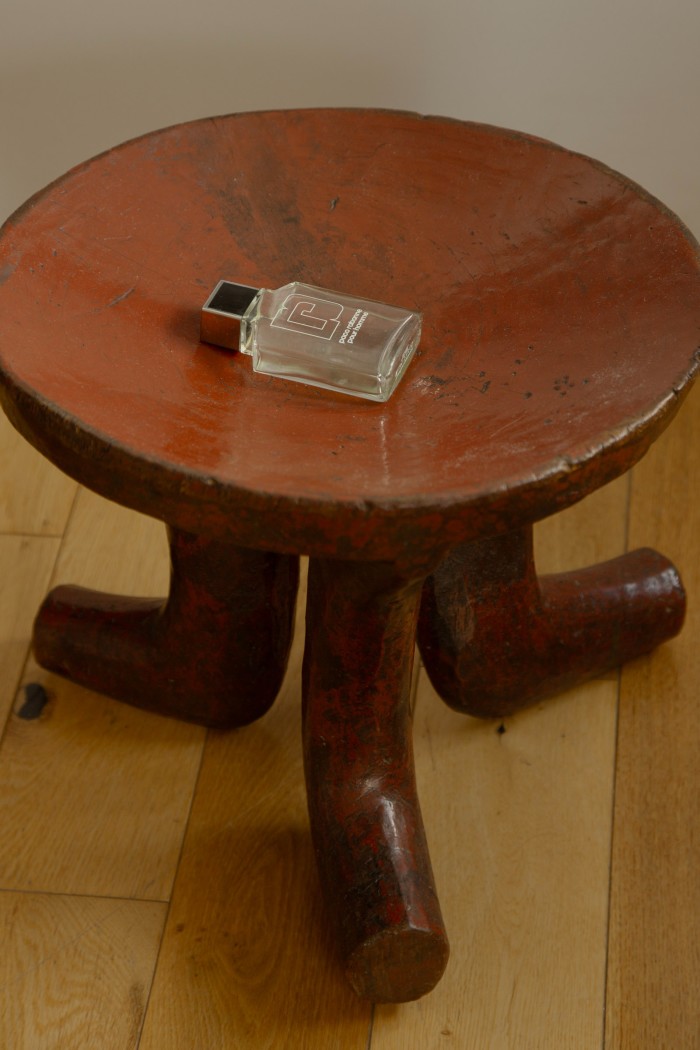
The grooming staple I’m never without is Paco Rabanne shaving lotion. When I was very young – too young to need it – my godmother bought me a bottle and my brother gets me the same one every year.
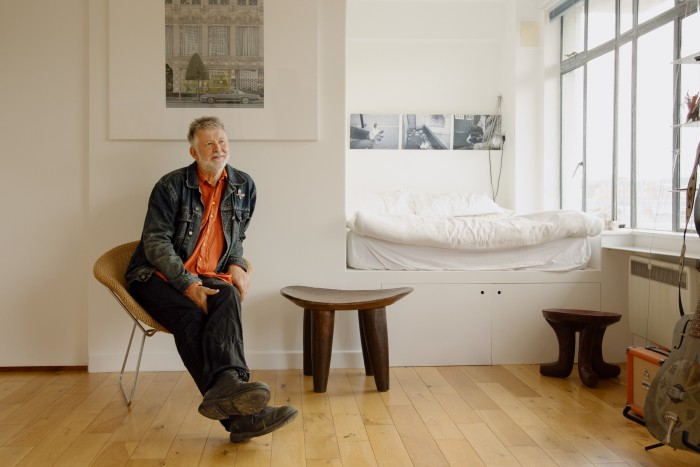
My favourite room is my studio flat in London. It’s in a beautiful 1930s building on Grays Inn Road. When they did studio flats back then you’d have a separate kitchen and hallway and the actual studio room was relatively small, with one of those ridiculous fold-up beds. So I turned it into a big square space. The bed is in a sort of natural alcove created between an outer wall and the bathroom wall. Above the bed there’s a shelf where I keep some photographs from a project by a friend of mine, Paul Mowatt, who gave disposable cameras to homeless people and invited them to take pictures of their world. I have them there as a reminder of how lucky I am to have a cosy corner to sleep in.
I love to watch people making our buildings their own. When you’re doing it it’s your focus for about three years but there comes a point when you have to hand it over, and for some architects that’s more difficult than others. I really love to see people messing things up and the building disappearing underneath their stuff. That said, I’m a bit of a minimalist myself and I have to watch as my partner stacks stuff up in front of the cupboards I’ve built… so I have mixed feelings.
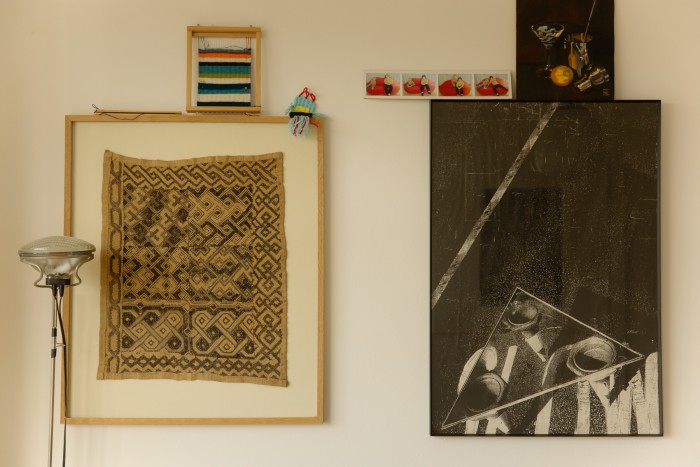
The last item of clothing I added to my wardrobe was a voluminous coarse blue cotton/linen shirt from Jacobs & Jacobs. For special occasions I have some colourful shirts in deep greens and terracottas. There’s a shop I’ve been to twice in Cephalonia because they had these giant colourful shirts of the kind I like.
An object I would never part with is my big, upright Bechstein piano. It’s a piano with a story because I had friends who were a family of six kids and their dad became very successful and bought this piano thinking one of them would learn the bloody thing, and of course none of them did. The only person who ever played it was me. Eventually they moved house and asked would I like to have it. So I still have this thing and I probably first played it when I was 10 years old. I’ve held onto it like an old friend.
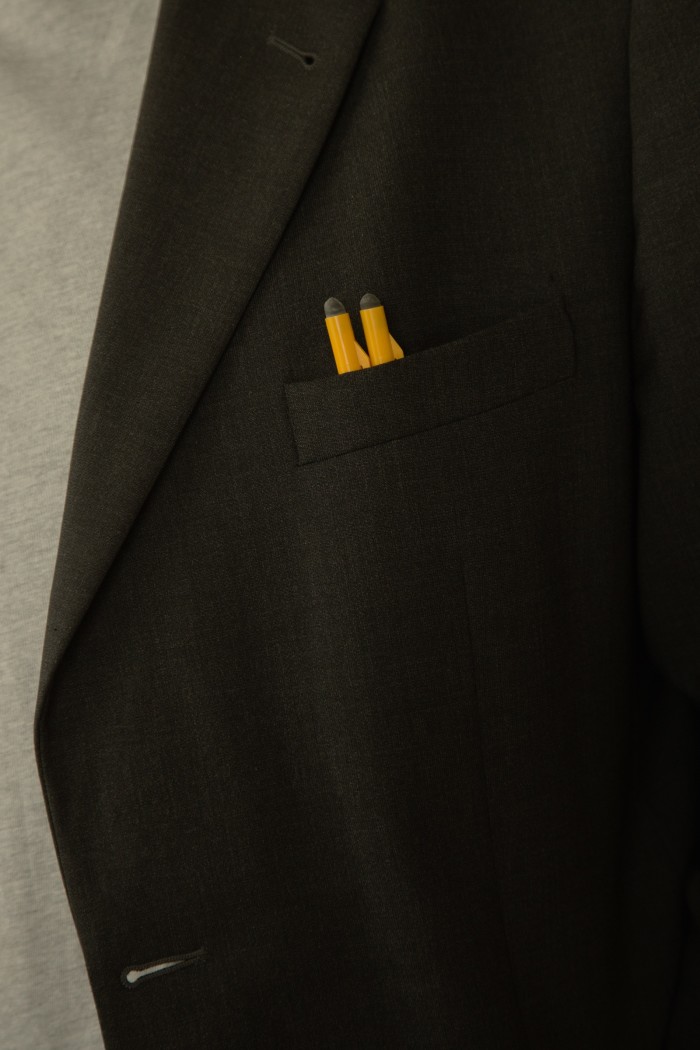
The last music I discovered was by Blind Willie McTell, who of course Bob Dylan wrote a song about. He’s a 12-string guitarist with the most beautiful voice. My partner gave me a book tracing his life, Hand Me My Travelin’ Shoes, and it mentioned a song I hadn’t heard before, “Mama ’Tain’t Long ’Fo Day”. So I’ve been trying to learn that on my six-string guitar.
I can remember a world before YouTube and to me it’s just a miracle – I’m a person who loves to go down rabbit holes, discovering one thing from looking at something else, and it’s brilliant for that. I read A History of Jazz in Britain by Jim Godbolt recently and it referred to a film about a street in Soho called Archer Street, which from the 1930s through to the 1970s operated as a sort of musical labour exchange. All the musicians looking for a gig would go down there. It was a sort of open-air social club. I was able to find the film on YouTube. I also spend quite a lot of time on what used to be Twitter. But I hate the new logo, what’s that about? I loved the little tweety bird – it was friendly.
The best gift I’ve received is from one of my students where I teach at the University of Westminster. He scraped a sketch of one of my buildings off the internet and had it printed onto a T-shirt.
The best souvenir I’ve brought home is from Istanbul, a little metal ukelele I spotted in a shop window. It’s easy to tune. I liked the idea of having something that could just go in the bag when I’m travelling. When I’m away I do miss having an instrument to play – I get twitchy fingers. It’s my therapy – I had a go on my guitar this morning before I came into work.
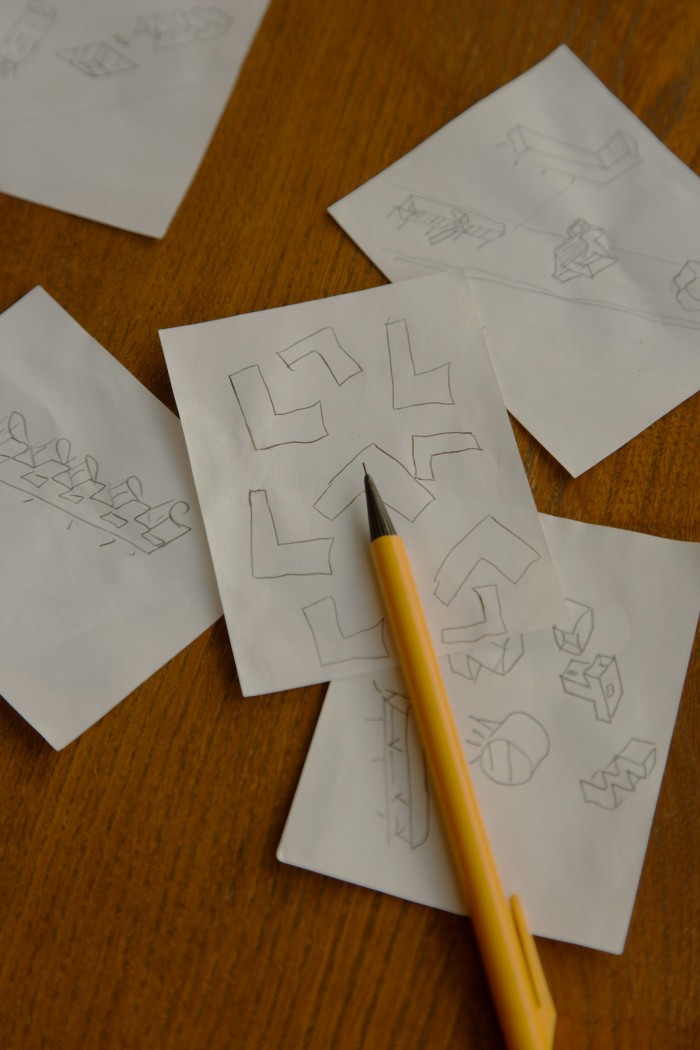
The best bit of advice I’ve ever received was from my brother, while we were on holiday together. We were sketching and I didn’t have any paper and he offered me some lovely thick stuff. I said I wasn’t sure I’d be able to do justice to it. And he said, “Just do a bad drawing and enjoy it.” It’s about being ready to fail because that’s the only way you get to any kind of solution.
Comments